After heavy rains, inveterate mushroom pickers go on a “quiet” hunt to their favorite mushroom spots. One of such places is the Leningrad region, within which you can find the most diverse types of mushrooms. Before you go for mushrooms in the Leningrad region, you should definitely familiarize yourself with the photo, description and names of the edible mushrooms that live there.
Content
Places of distribution and dates for the collection of mushrooms in the Leningrad region in 2024
In 2019, it is necessary to choose a mushroom picking site with special care. This is due to the construction of new roads and factories that pollute the environment. Fruits quickly absorb toxic substances, so they must be collected away from factories, factories and highways.
In the Leningrad region, the following purest mushroom spots are distinguished:
- In the Priozersky district, there is a pine forest, in which, after rains, bears many edible mushrooms.
- Every local mushroom picker knows the Zakhodskoye settlement. It is easy to get to, because the train goes there.
- By train from St. Petersburg you can come to the village of Sosnovo, where a large number of representatives of the mushroom world live in the pine massif.
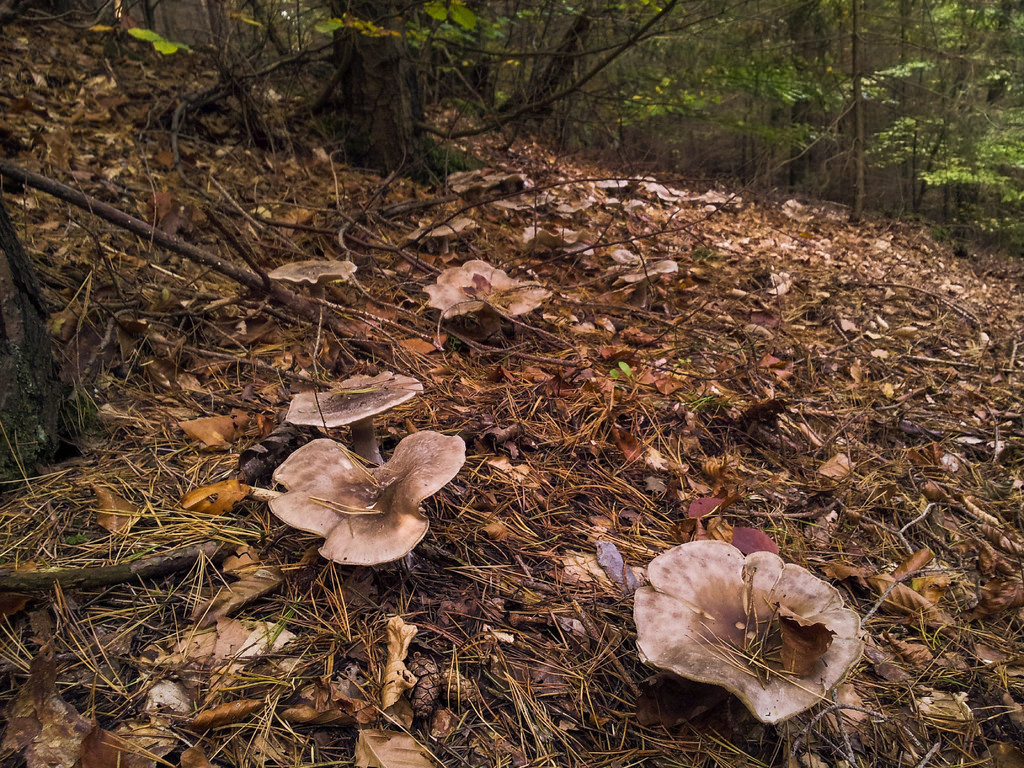
Mushroom place - Experienced mushroom pickers are advised to go to the village of Kirillovskoye, whose forests are rich in mushroom harvest.
- Passing the Vsevolozhsk district, it is easy to find the Pine Forest with a map.
- In the Luga region, you can find a forest by driving south of the lake. For a more accurate location, it is better to use a map of the area.
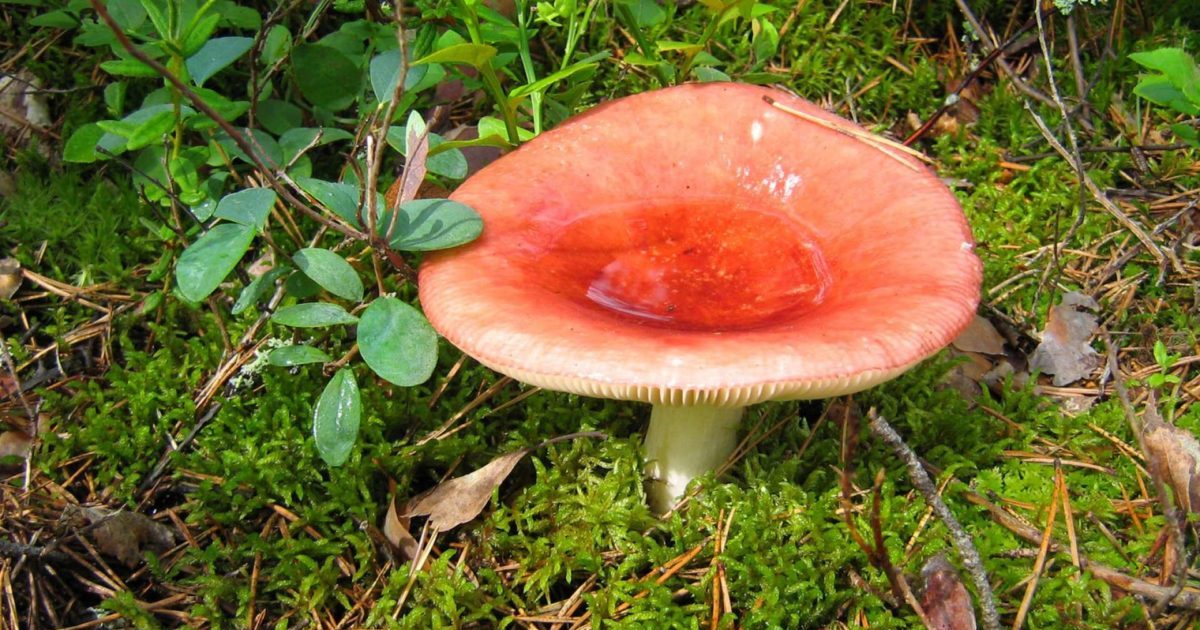 You may be interested in:
You may be interested in:It is worth visiting the woodlands near St. Petersburg, which are rich in edible mushrooms.
Most lovers of quiet hunting gather fruit in the fall, after the first rains. Peak fruiting occurs in mid-autumn: the end of September and all of October.
Edible mushrooms of the Leningrad region
In the forests of the Leningrad region, there is a huge selection of edible mushrooms. By examining their photos and descriptions, you can avoid mistakes during the collection.
Photo and description of morels
Conditionally edible morel can be found in the spring. Its hat has an egg-shaped shape and is covered with many wrinkles, which are similar in appearance to a walnut shell. The surface is glossy and painted in black and brown. Morel length can reach 15 cm, and width - 10 cm. The fruit leg is hollow and expanded closer to the cap. Half of the leg is in the hat and is also covered with wrinkles, but not so deep.
White pulp has a very pleasant taste and mushroom aroma. The pulp is thin and brittle.
It lives in deciduous and mixed forests. Often it can be found in coniferous forests, parks, and even in apple orchards. Fruiting begins in May and ends in June. If the autumn turned out to be long and warm, then you can see morels even in early October.
Truffles
The Leningrad Region is famous not only for the number of mushrooms. A very rare and valuable species grows here - truffles.They grow underground and have a tuberous shape. Truffle size varies from a small hazelnut to a potato tuber. The upper part of the fetus is a leathery layer (peridium), which is characterized by a smooth or cracking surface. There are with small warts on the surface.
The pulp consists of dark and light veins. Outwardly, the fruit is like a quince or a shriveled apple.
To search for truffles, animals are often used - a dog or a pig, because this treasure is "buried" at a depth of about 15 cm underground. Habitats are kept secret, because a few grams of truffles can bring considerable income.
Porcini
White mushroom belongs to the genus Borovik, for which it is often called boletus. In mature individuals, the hat grows up to 7-30 cm in diameter, but larger specimens were also found, the hat of which reached 50 cm. The surface often cracked during the dry period. With high humidity, the hat becomes a little mucous. The color of the surface varies from brown-red to almost white. As the skin grows, it darkens and often acquires a lemon, yellow or purple hue.
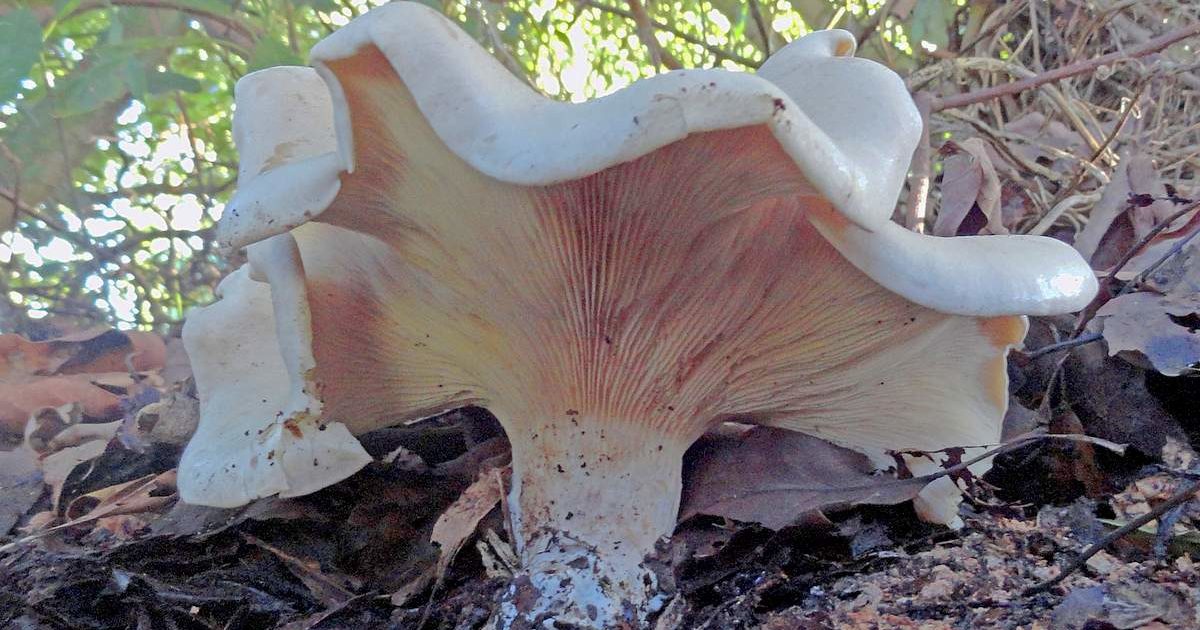 You may be interested in:
You may be interested in:The strong pulp has a fleshy and juicy consistency, which in mature mushrooms becomes fibrous and yellowish. Young mushrooms are characterized by white flesh, which at the break does not change color. If the surface is quite dark in color, then the flesh may be brown or with a brown tint. The smell and taste of porcini mushroom are weakly expressed, but during heat treatment they appear at full strength.
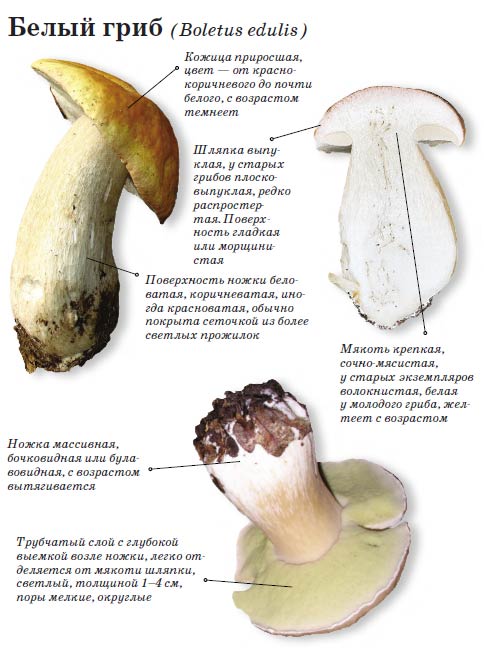
The height of the stalk reaches 25 cm, but most fruits have a stalk of about 12 cm. Its shape is club-shaped, but with age it can change to a cylindrical, extended or narrowed in the center. The base of the leg most often remains thickened.
Oyster mushrooms
You can meet oyster mushrooms in the Leningrad region in September and October, and with warm autumn - even at the end of November. Look for them on stumps, deciduous trees or deadwood. Fruits grow in groups, but solitary ones also occur.
The maximum diameter of the ear-shaped hat is 30 cm. Young oyster mushrooms are characterized by a convex hat with curled edges. The surface is wavy and smooth to the touch. Color varies depending on the place of growth and age. Young individuals are painted in dark gray or brownish color, and mature mushrooms are ash gray with a purple tint. Over time, the hats fade to a yellowish or whitish color.
The oyster mushroom leg is difficult to notice right away, because it grows up to 5 cm in height and about 2 cm in width. Most often it is lateral and narrowed to the base. The white skin of the leg becomes too stiff with age, so it is usually not used for cooking dishes or preparations.
The pulp is dense, white and odorless. The taste is quite pleasant. Up to 30 oyster mushrooms can grow in one group, so the basket will quickly fill up with a useful crop.
Veselka
Veselka is considered a healing mushroom, which is widely used in folk medicine to treat a wide variety of diseases. The height of the fetus reaches 30 cm. The young oyster is egg-shaped, and mature individuals open at 2-3 lobes. The hollow leg is painted white or yellow. At the top, a bell-shaped hat is formed, the height of which is up to 5 cm. The surface of the cap is mucous and covered with small cells.
Overripe mushroom smells very unpleasant, so young fun people recommend collecting. The season of "quiet" hunting lasts from May to mid-autumn. You can find fun in broad-leaved forests, where the soil is rich in humus.
Butterflies
Butterflies They love to grow under birch, oak and coniferous trees. In dense forests they can not be found, they prefer bright areas, edges and forest paths.
The cap is conical or spherical, and acquires a cushion shape as it grows. The surface is gray-olive, brown or yellowish-brown. A distinctive feature of oil is the mucous surface of the cap, which, it seems, someone doused with oil.
The peel is easily separated from the pulp. The cylindrical leg grows 5-10 cm in height. The bottom of the legs is painted in dark colors, and the top is white. Thick pulp of white color with a yellowish tinge. The cut point becomes violet or red.
Among the varieties of butter, the butterdish is most often found in the Leningrad Region as an ordinary butterdish, and in humid places, the butterdish is yellowish.
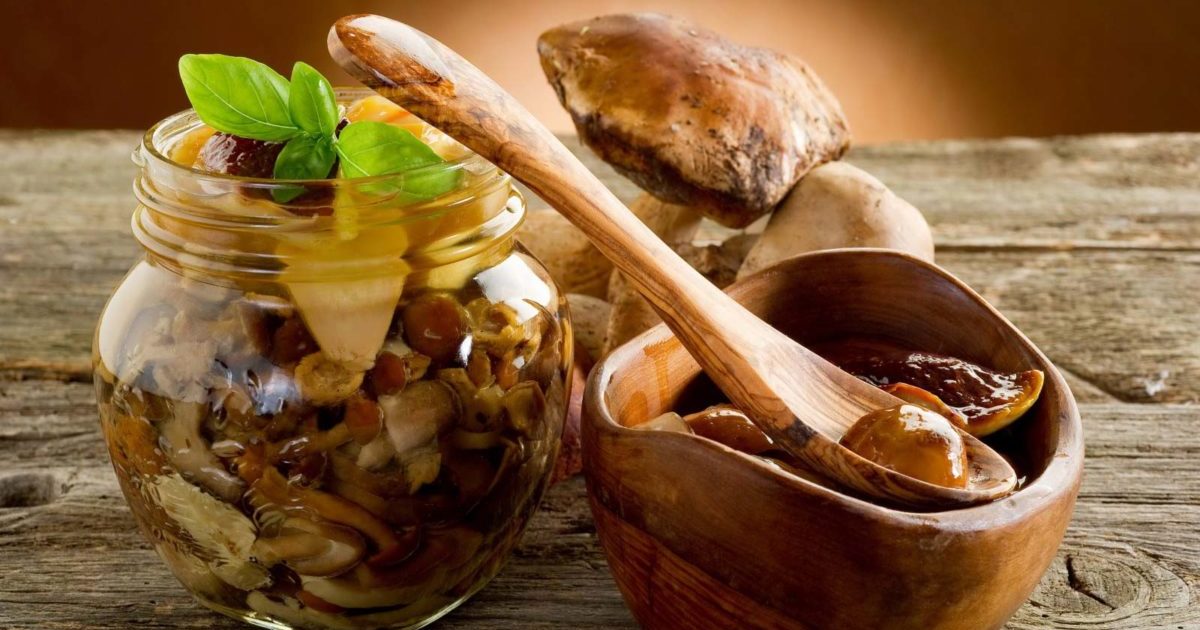 You may be interested in:
You may be interested in:Mushrooms
Autumn honey mushrooms are edible representatives of the mushroom world and have excellent taste. Young mushrooms form a convex hat, which eventually becomes flat. The edges of the cap of an adult mushroom are wavy, and the diameter of the cap reaches 12 cm. Often you can notice a small tubercle or light scales in the center of the cap. The color of the surface is beige or brownish.
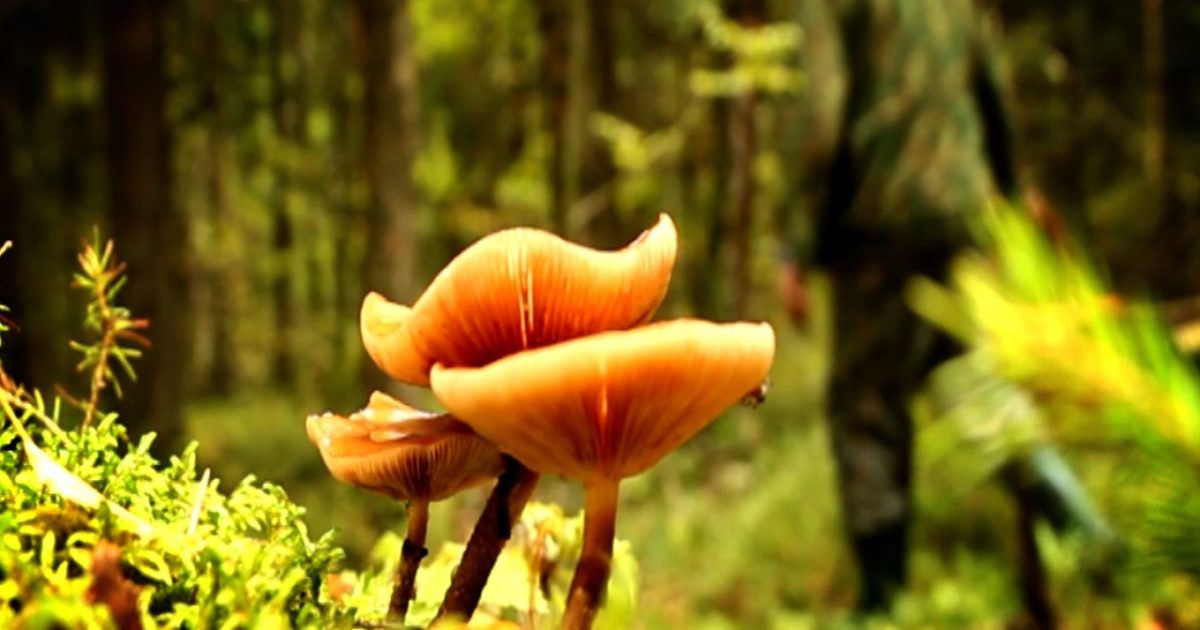 You may be interested in:
You may be interested in:The thin stalk is rather fibrous and grows about 10 cm. The surface of the stalk is covered with light brown scales. White flesh has a pleasant taste and smell. Overripe mushrooms are very tough, so only young ones pick them.
You can find honey mushrooms in deciduous forests. They grow on fallen trees and stumps. Peak fruiting occurs in September.
Sarkoscif Austrian
This species is considered to be little known, so often lovers of "quiet" hunting pass it by. The taste of this mushroom is quite low, because its flesh is cartilaginous and harsh in taste.
Sarcoscifus is a spring fungus. Fruiting occurs in April and May, but during a long and warm autumn, fruiting bodies can grow in late November. The hat is small - 1-5 cm. The height of the legs varies between 1-3 cm. The bright red hat has inwardly turned edges that are painted in whitish color. The dense pulp smells like mushrooms.
Austrian sarcoscifa prefers soil rich in humus. It grows on moss, flowering leaves and rotting wood.
Raincoat
In this area there are not only honey mushrooms or butterfish, but also rather unusual mushrooms. One of them is raincoat, which is a representative of the Champignon family.
The body of the fetus has a closed structure. The mushroom is pear-shaped, rounded and often has a pronounced false leg. The surface is covered with small spikes, which in adult raincoats can fall. Ripe fruits form a small hole on top, which promotes reproduction. You can find raincoats in August or early September.
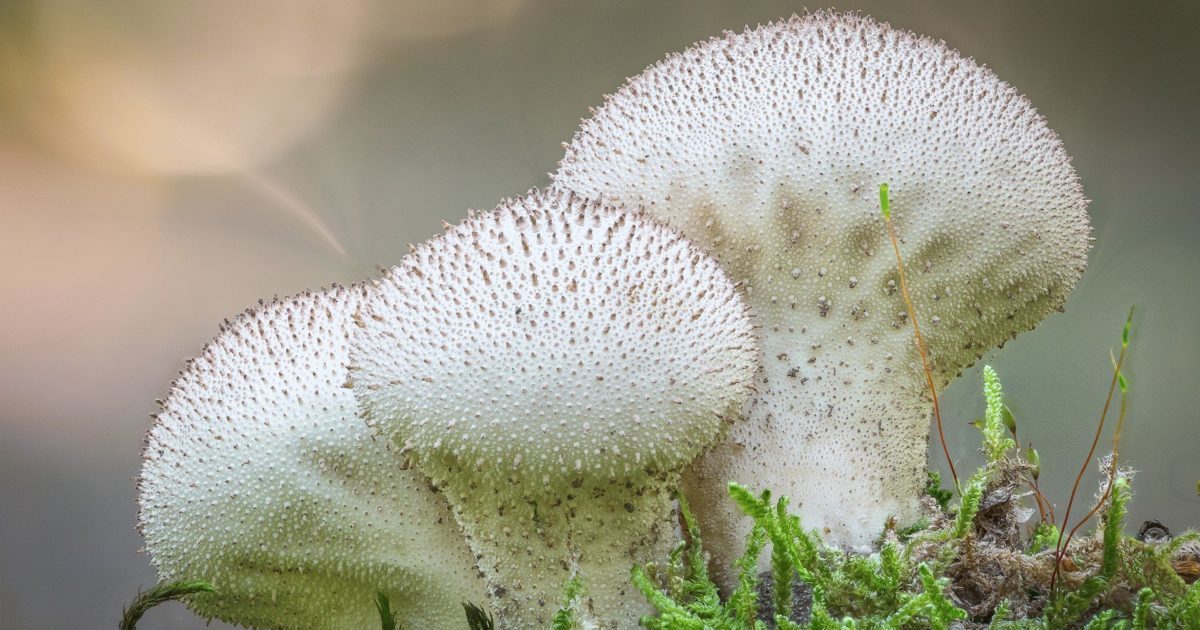 You may be interested in:
You may be interested in:Answers to Common Questions
Honey mushrooms have poisonous doubles, so only experienced mushroom pickers collect them. The truffle is the most valuable mushroom in the Leningrad region.This species is very difficult to find, because it does not grow on the surface, but underground. Even a small amount of these fruits can generate income, which is equal to the average monthly salary.
Leningrad region is rich in forest gifts. Knowing the mushroom places and the collection dates, you can make excellent preparations for the winter. However, during collection, you must adhere to safety rules.

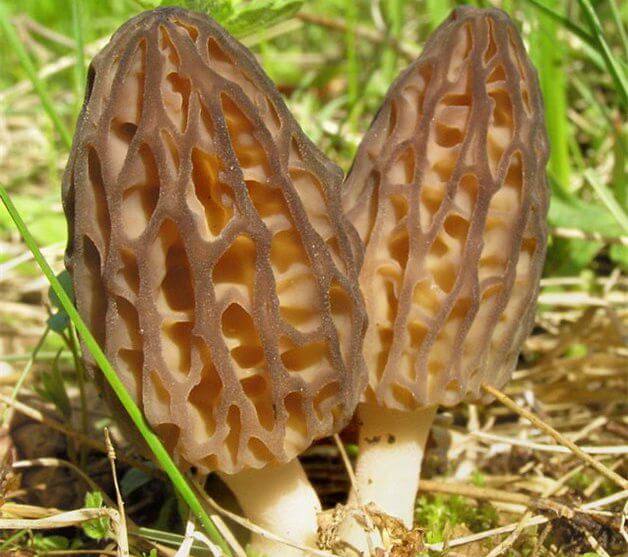
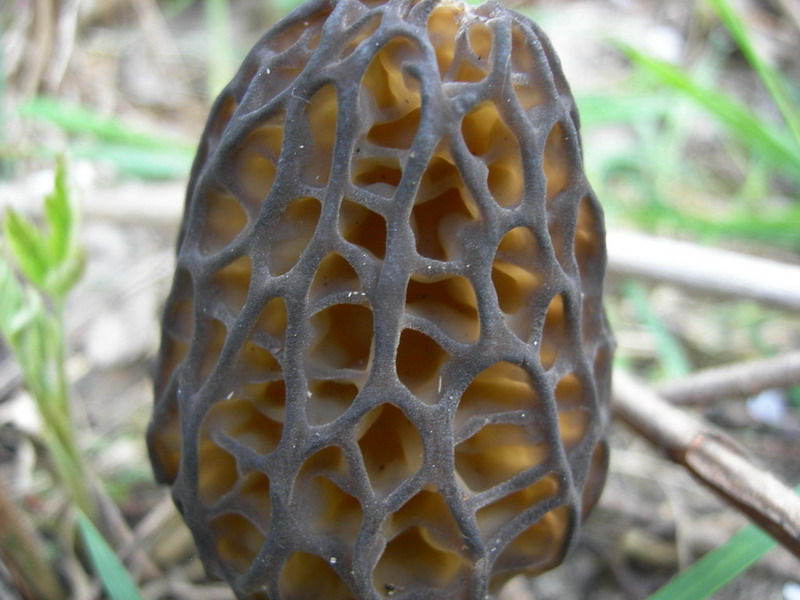
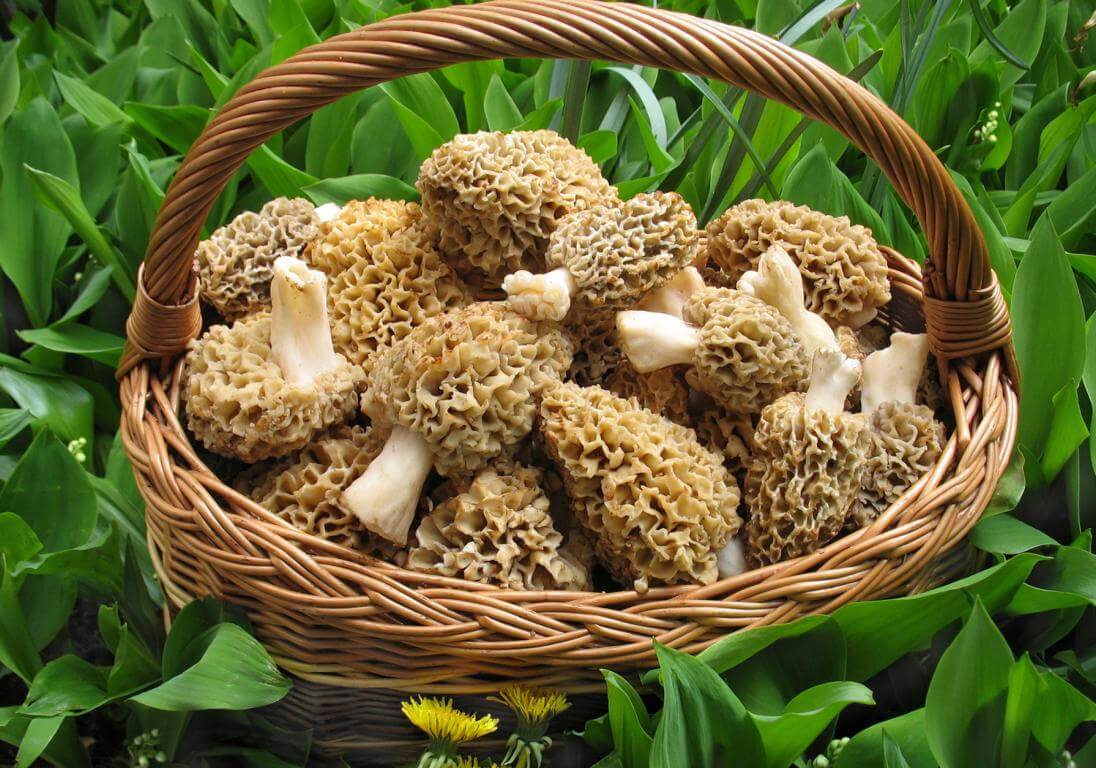
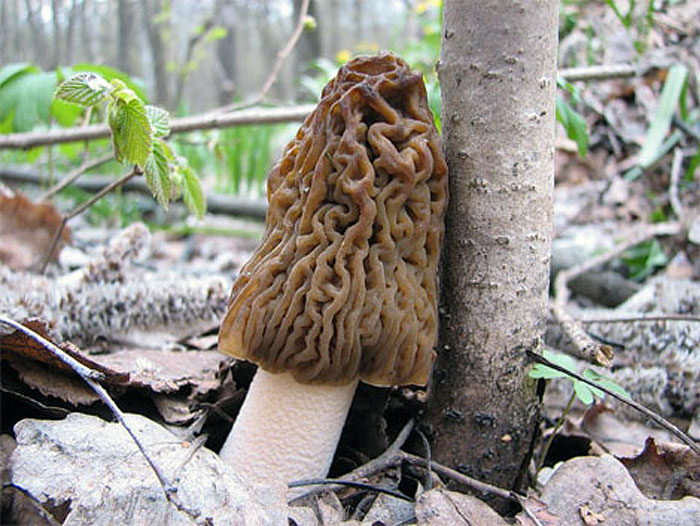
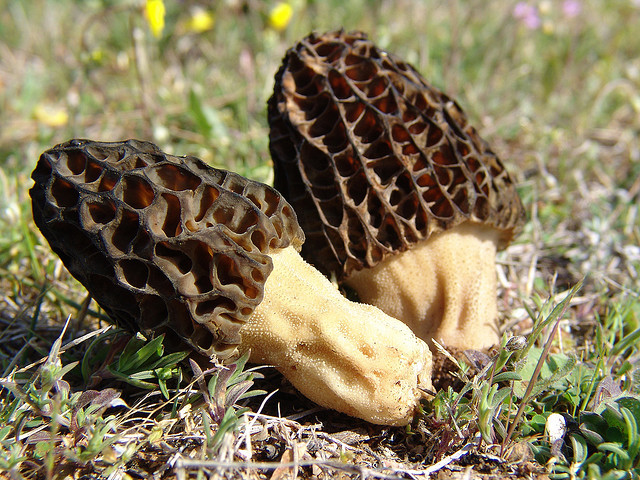
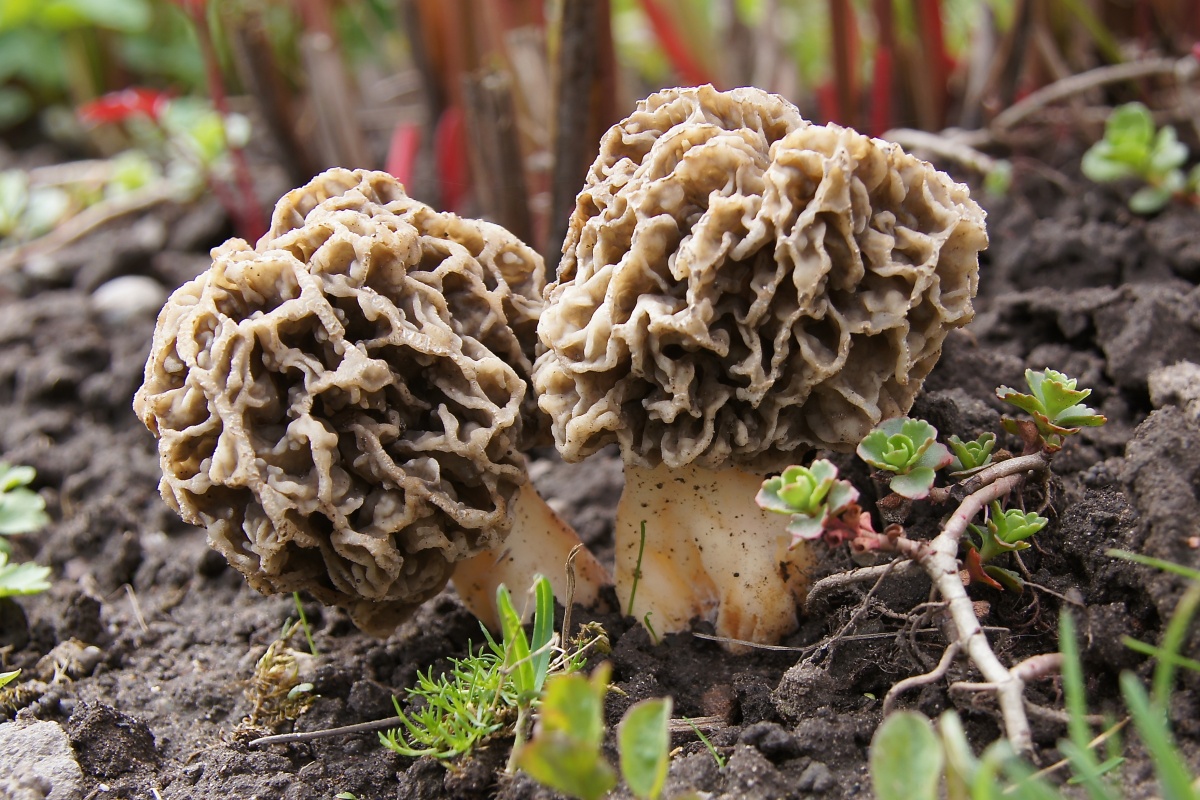
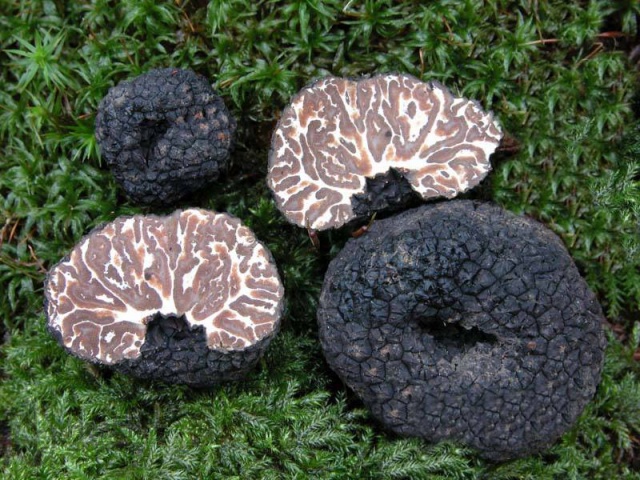
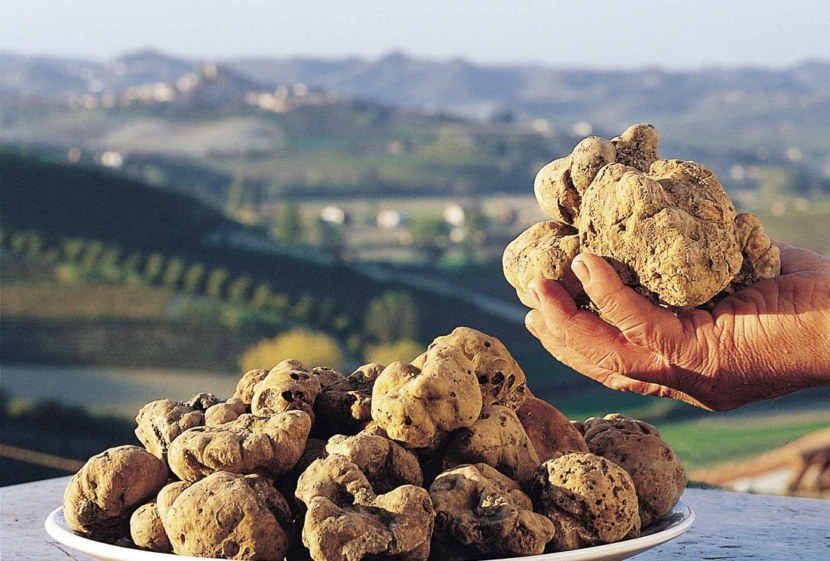
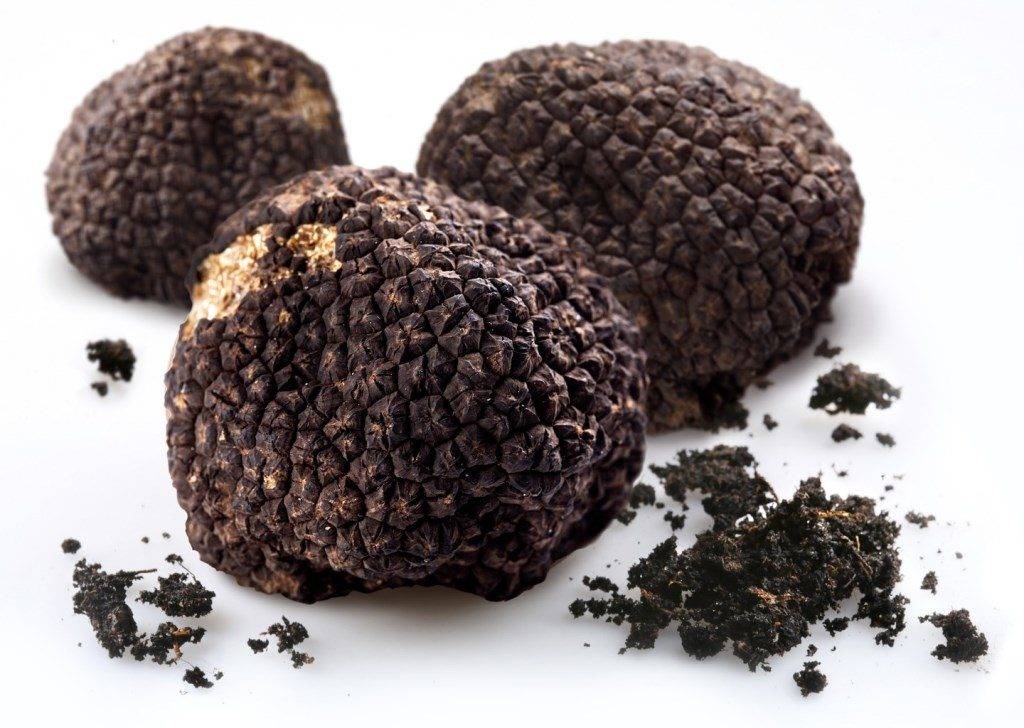
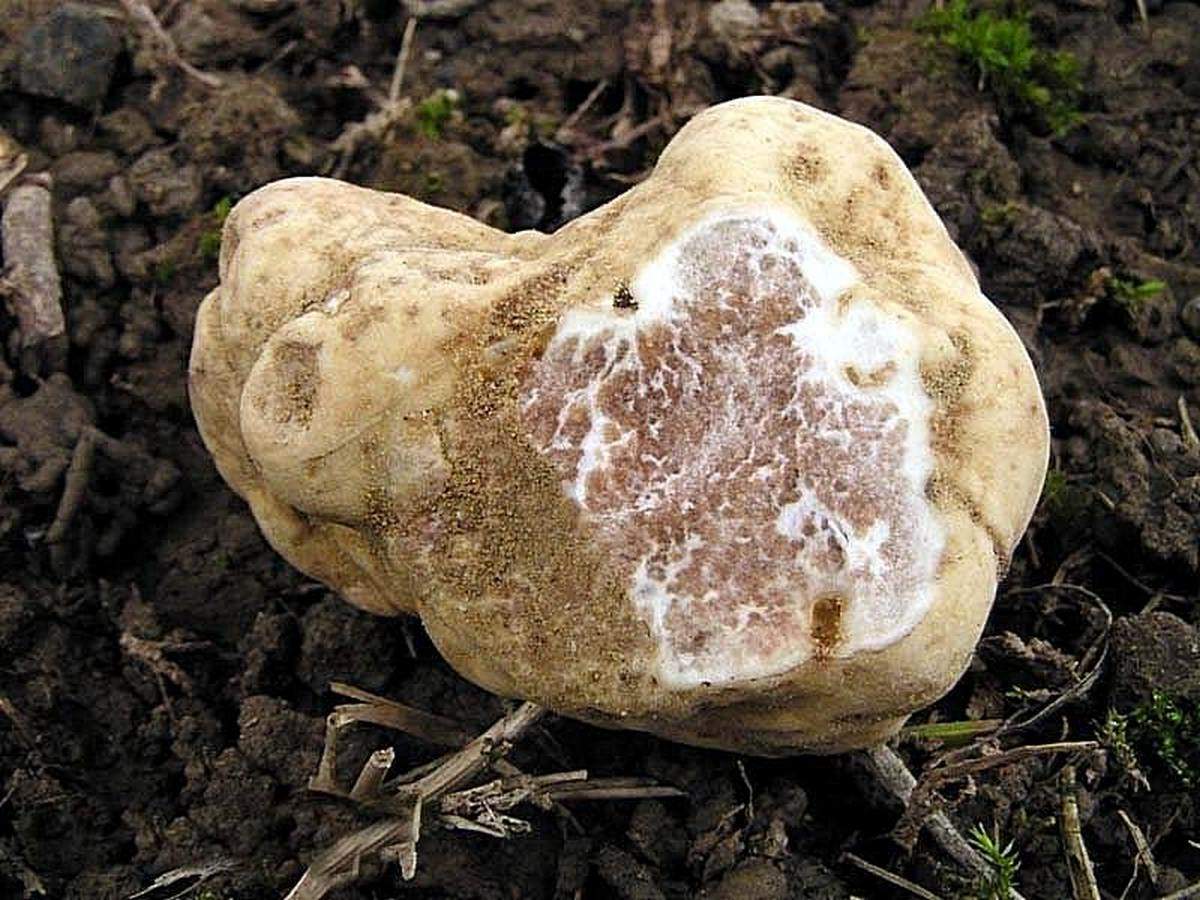
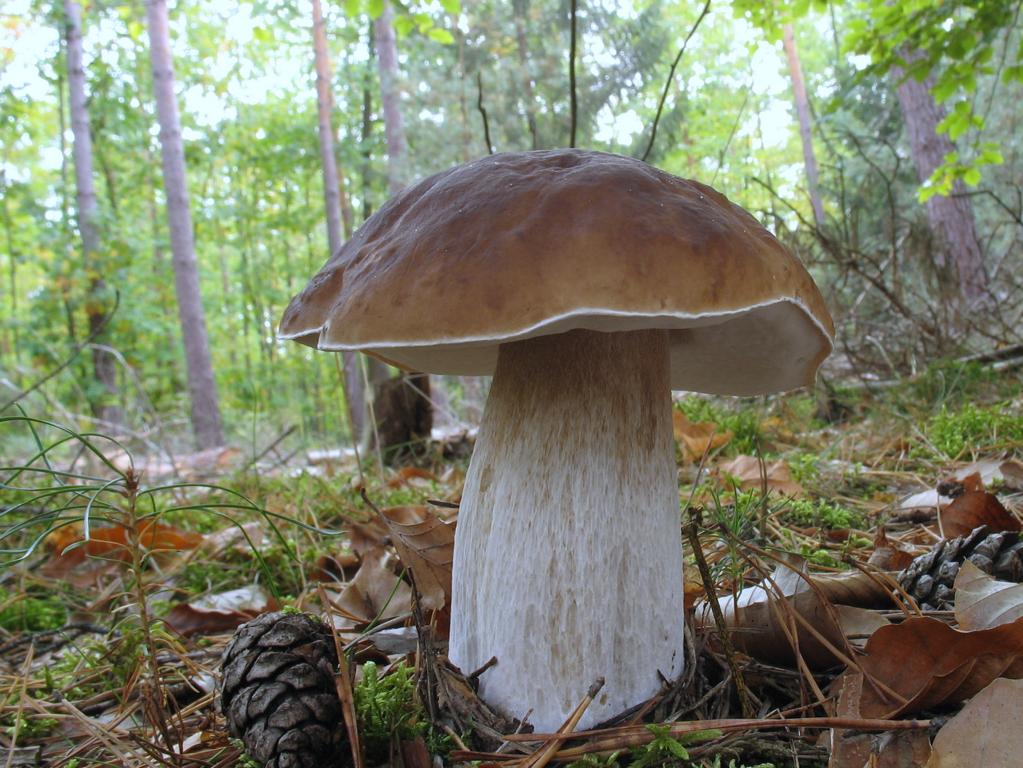
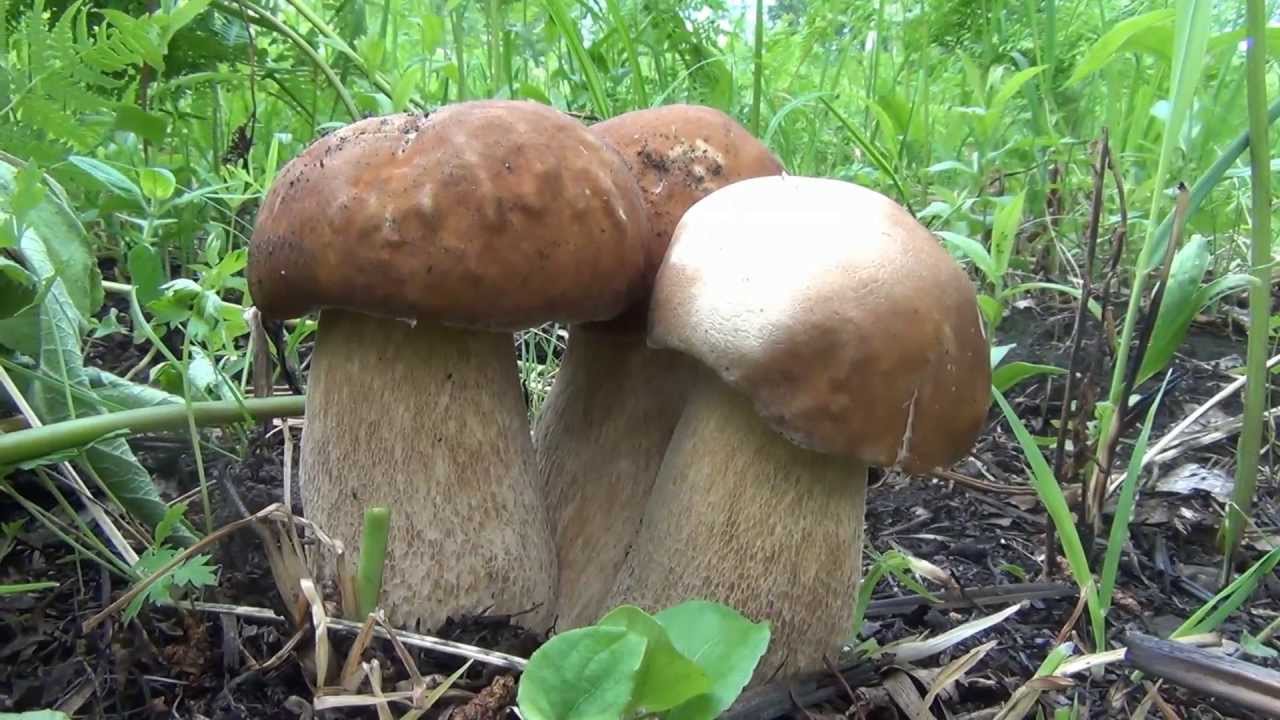
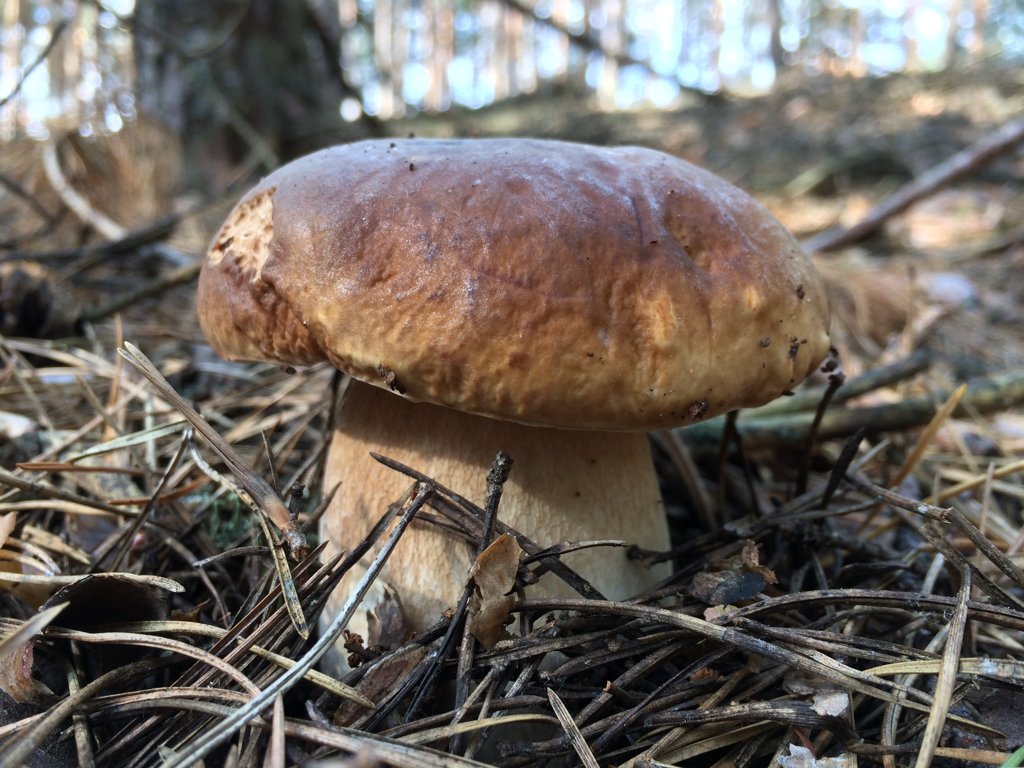
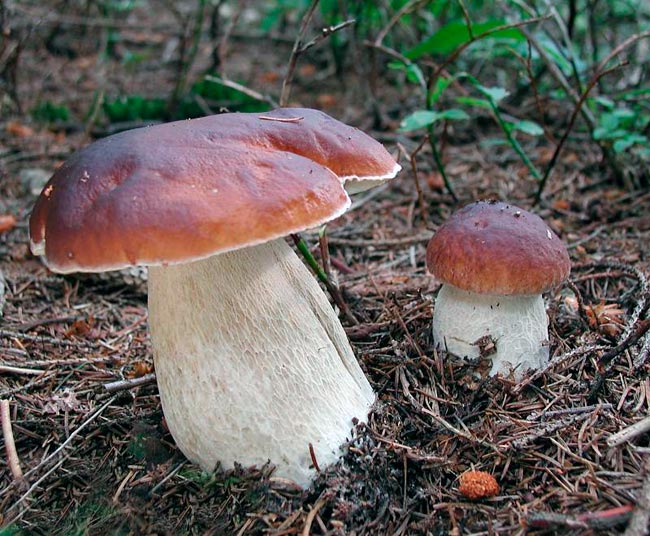
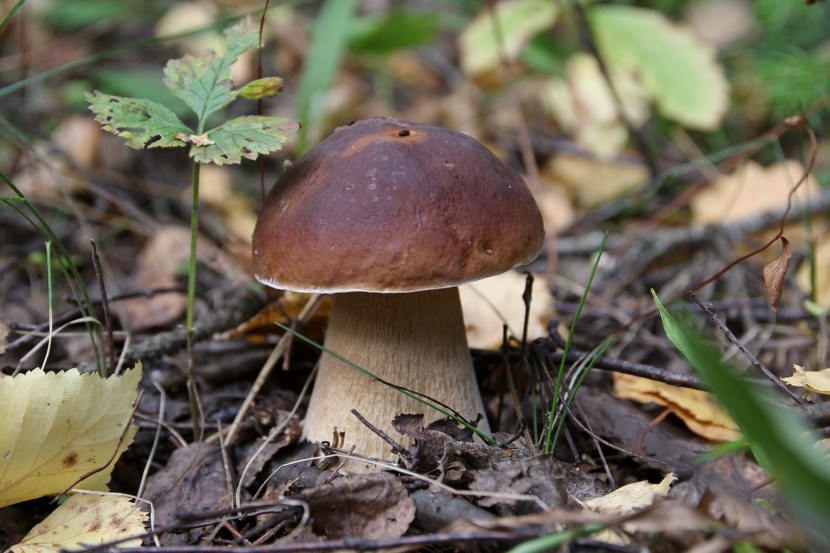
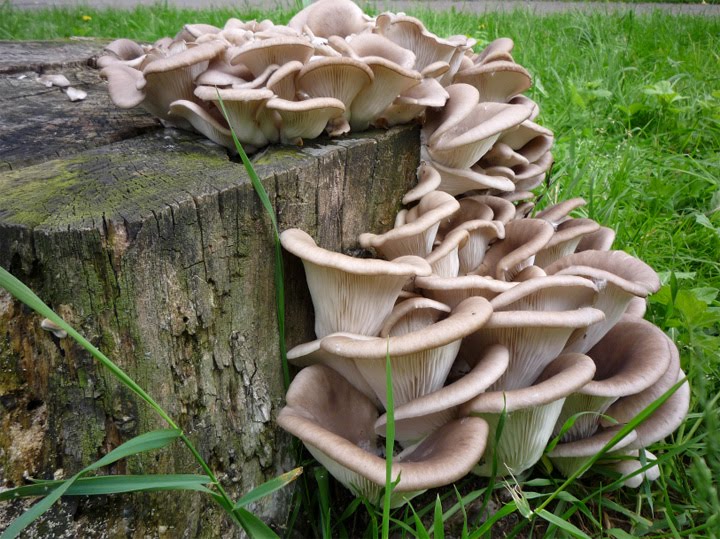
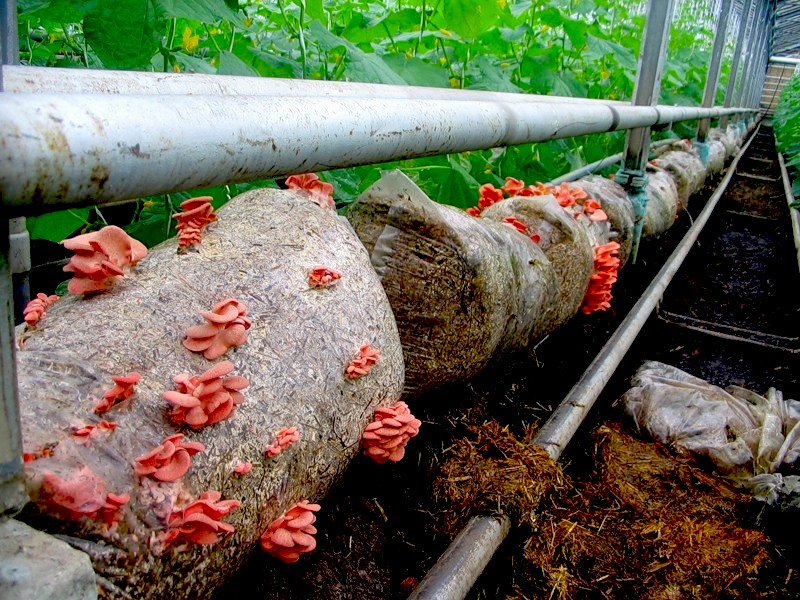
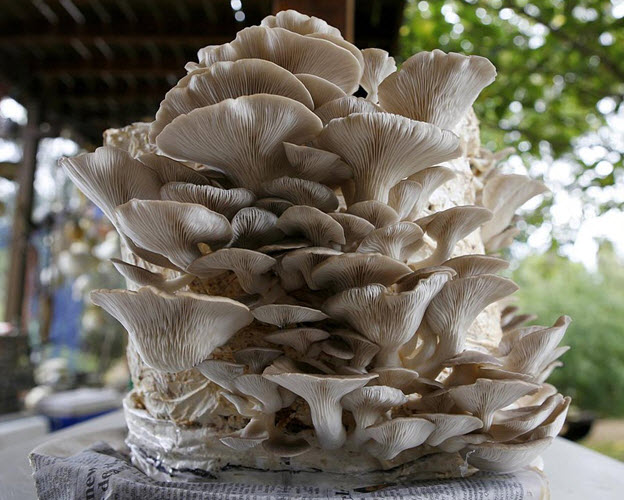

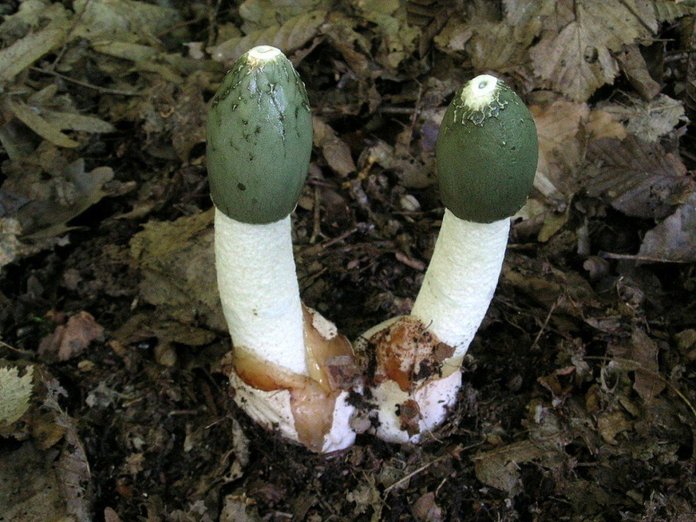

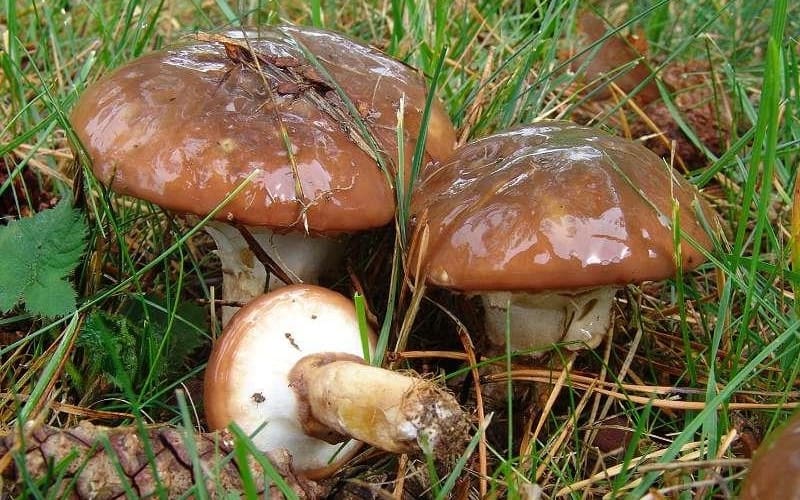
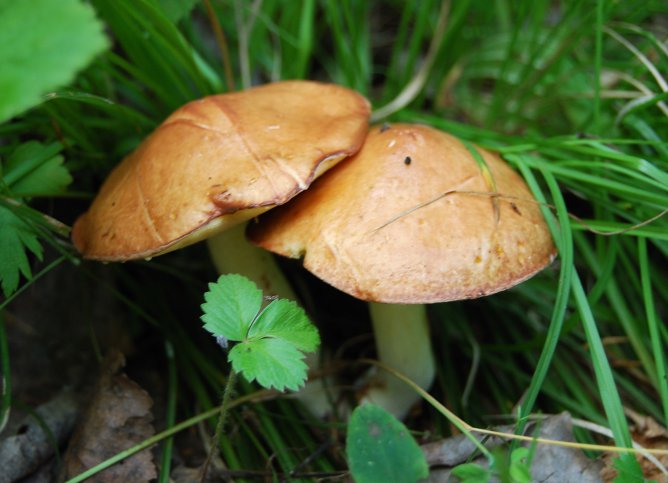



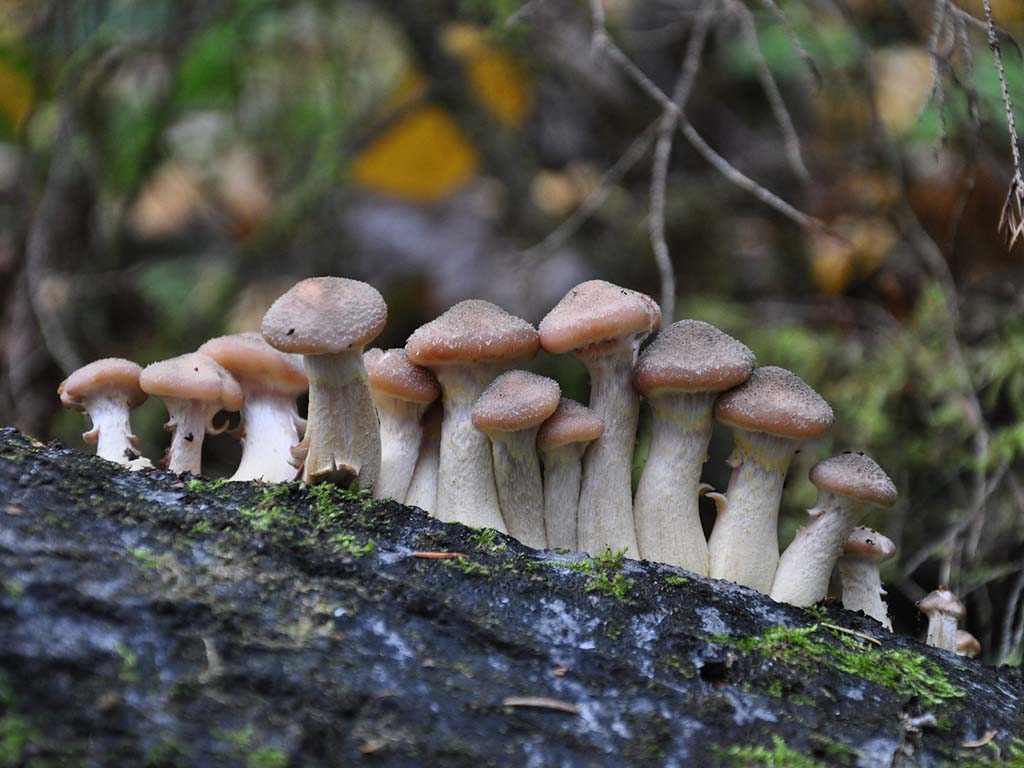
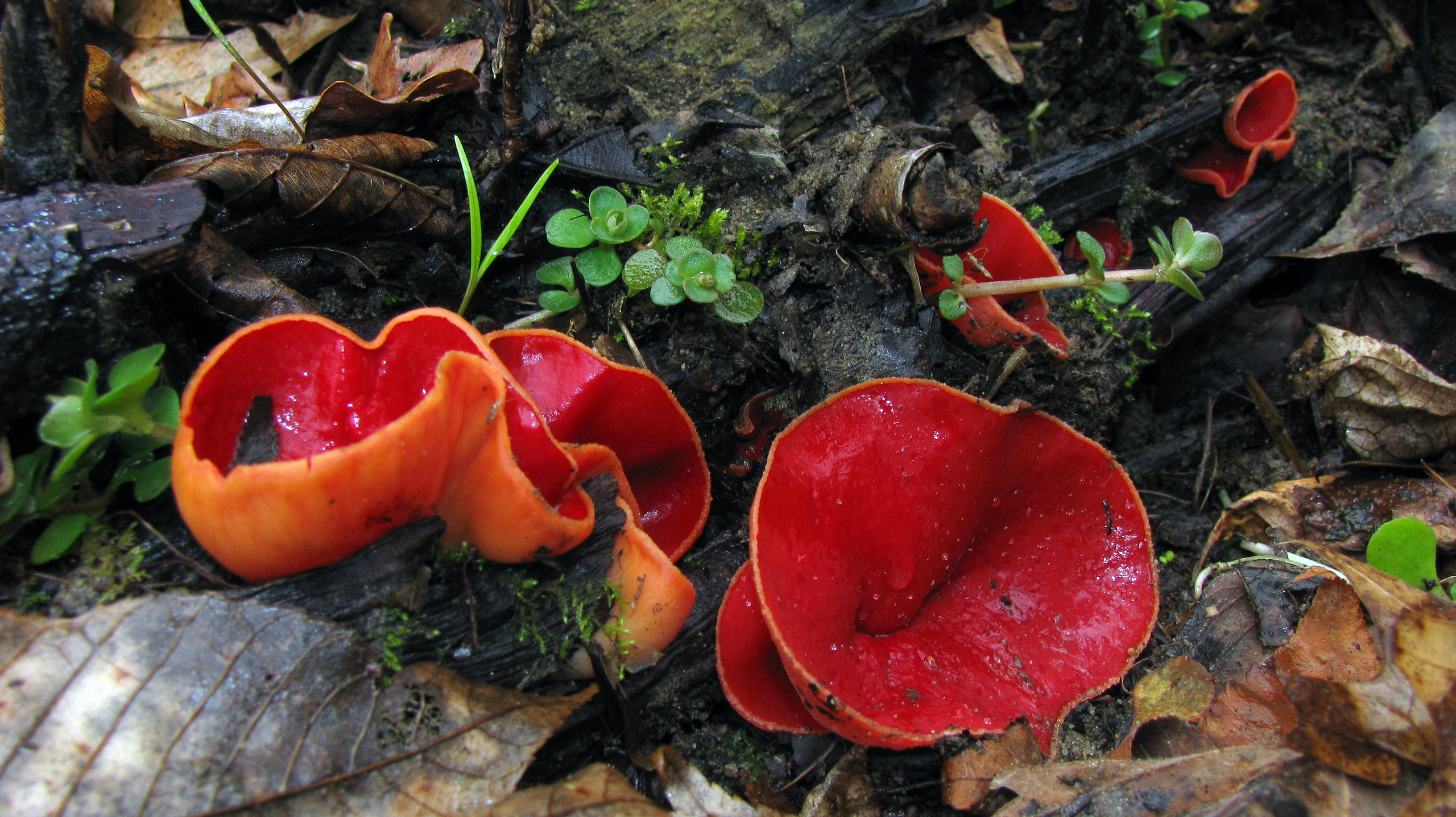
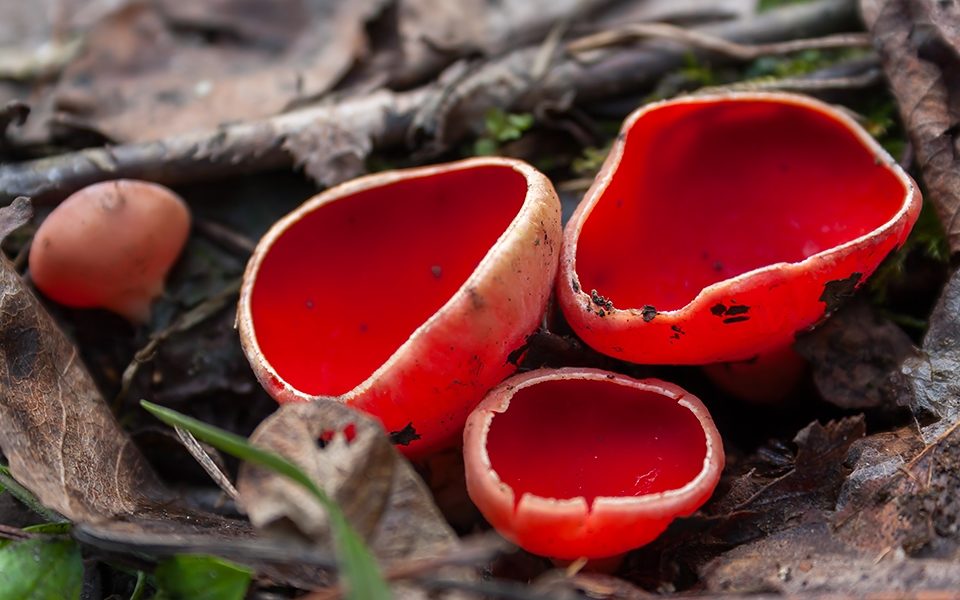
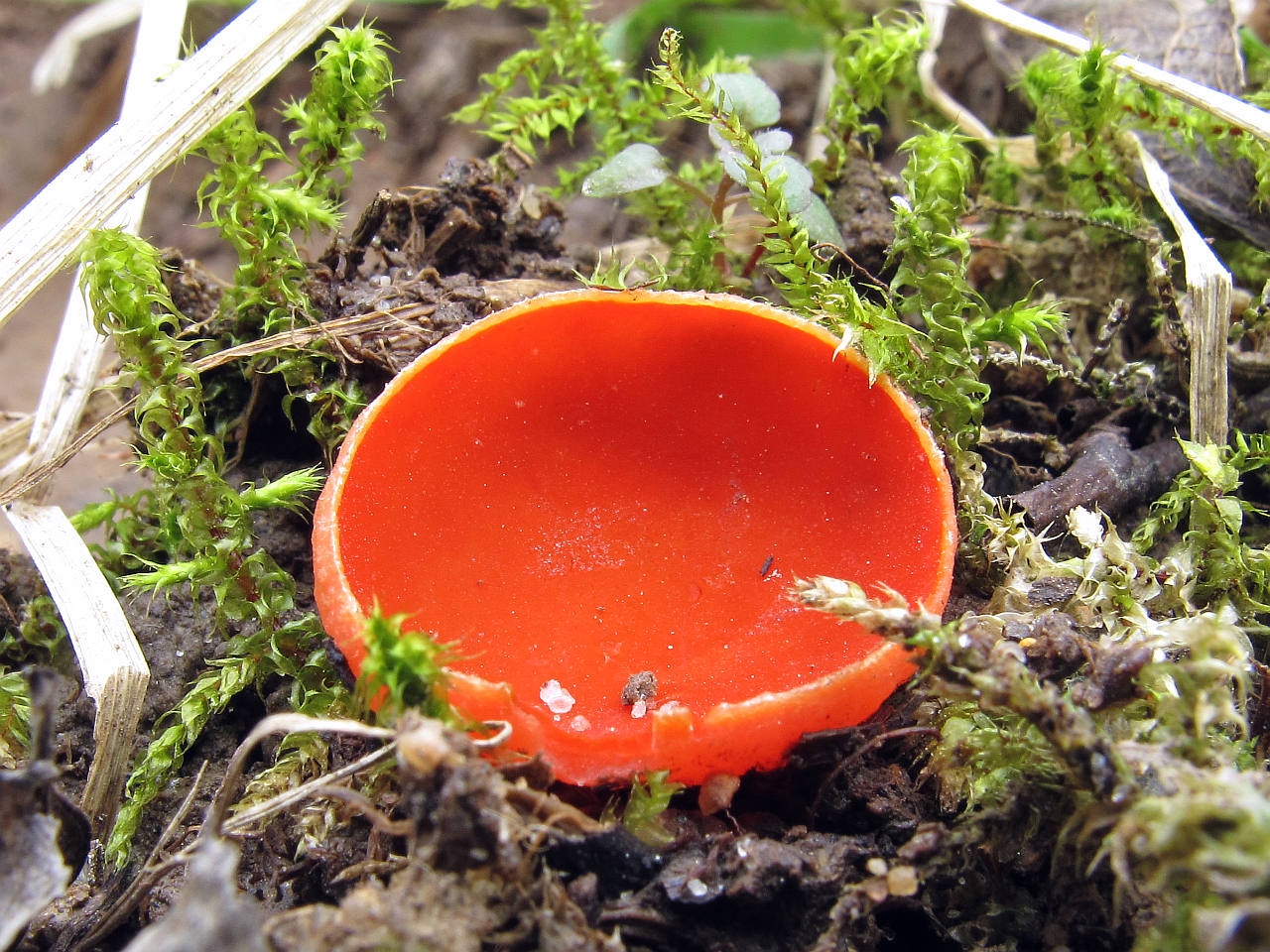
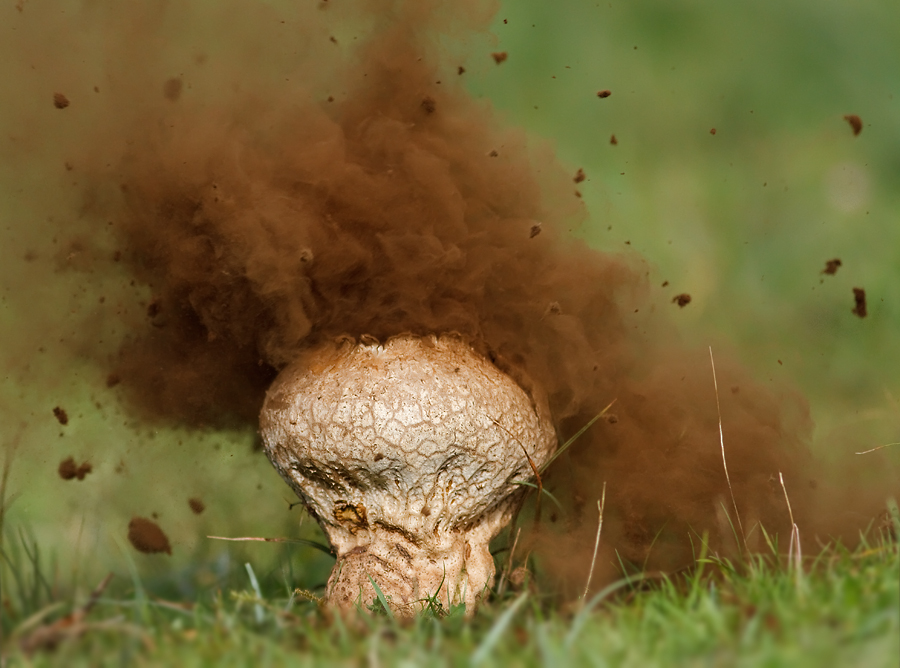
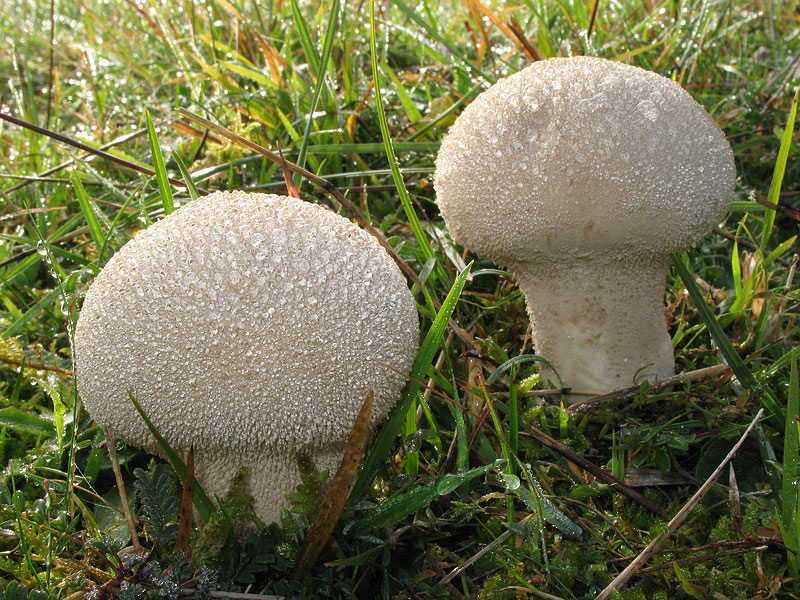
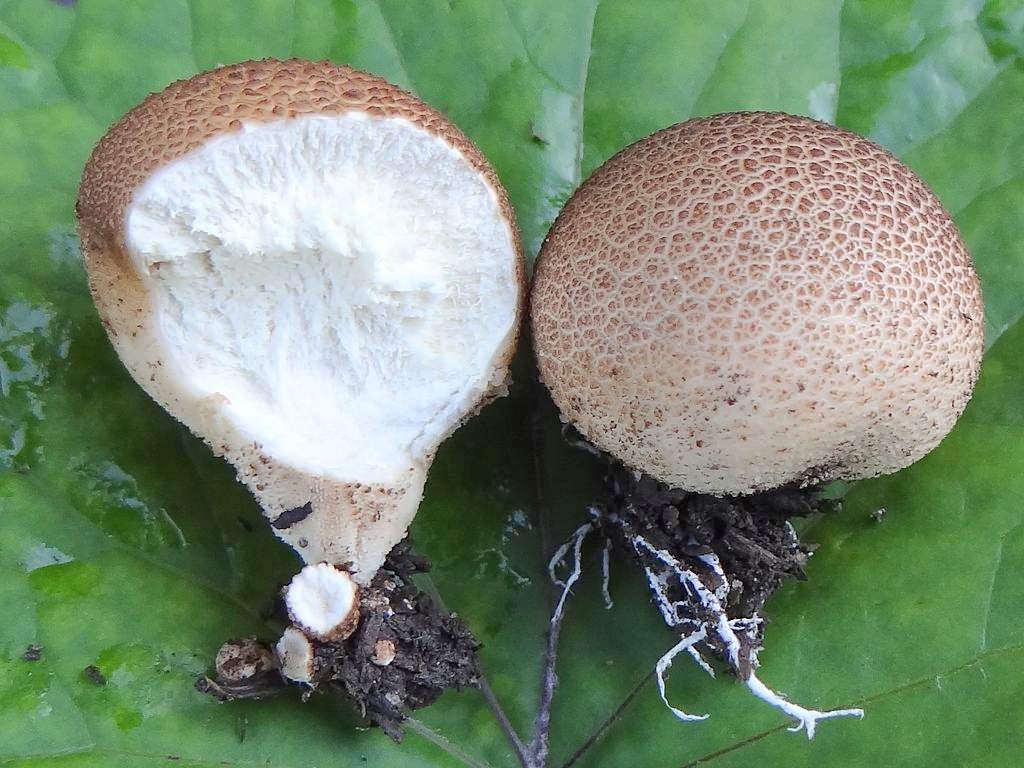
 Care and use of Kombucha at home (+22 photo)
Care and use of Kombucha at home (+22 photo) Edibility of the fungus of the motley umbrella and its description (+19 photo)
Edibility of the fungus of the motley umbrella and its description (+19 photo) Description of edible and inedible oils, their poisonous counterparts (+40 photos)
Description of edible and inedible oils, their poisonous counterparts (+40 photos) Useful properties of milk mushroom and its contraindications (+17 photos)
Useful properties of milk mushroom and its contraindications (+17 photos)